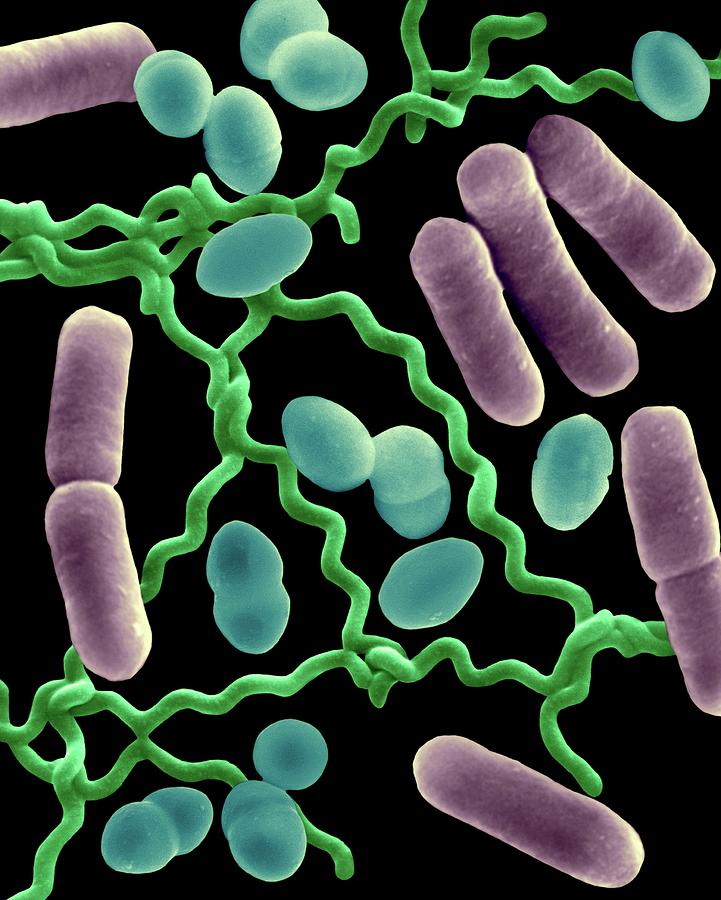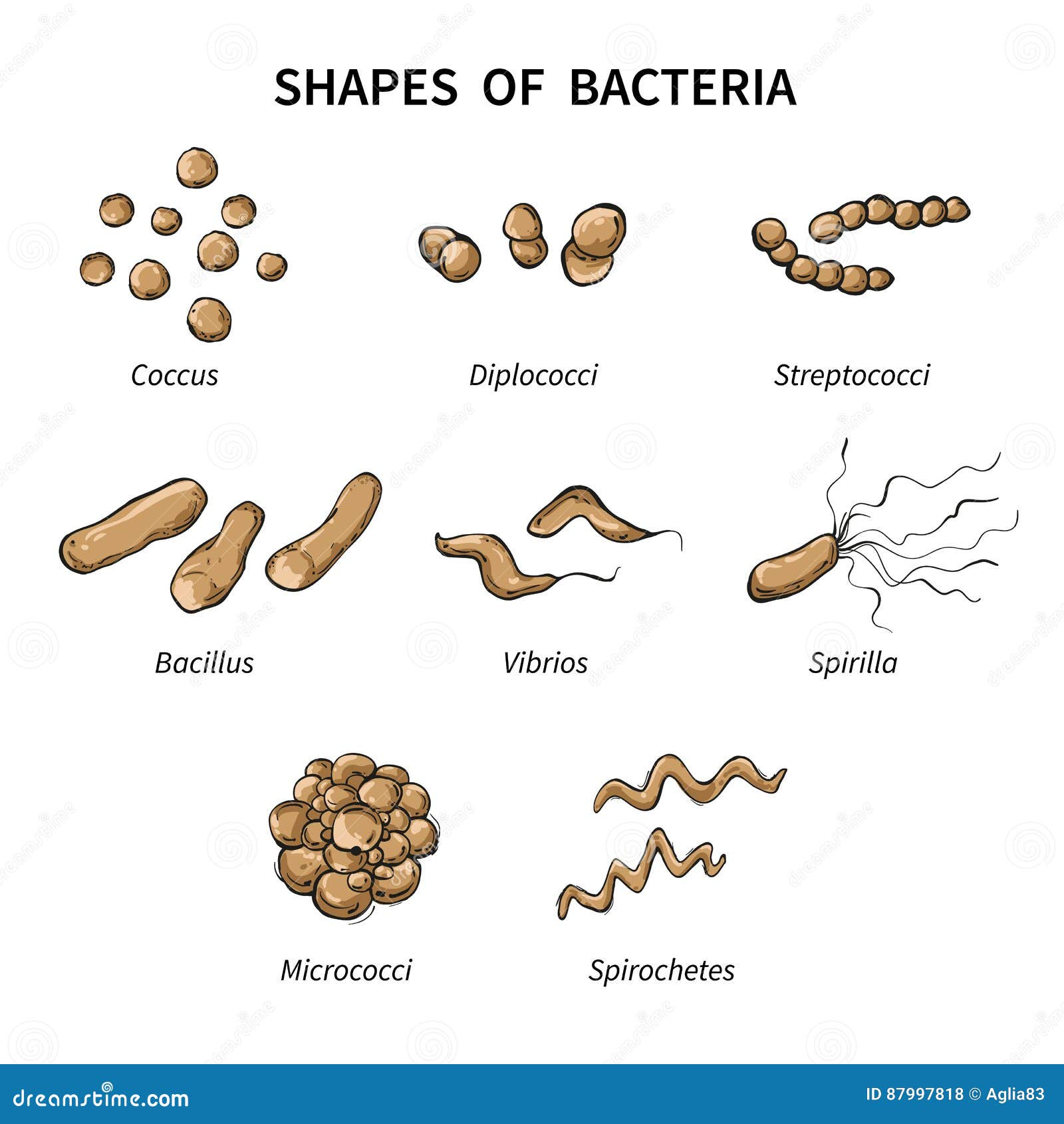

There are more than 100 different forms of peptidoglycan. Proteins normally have only L-amino acids as a consequence, many of our antibiotics work by mimicking D-amino acids and therefore have specific effects on bacterial cell wall development.

The chemical composition of the cell walls varies between archaea and bacteria, and also varies between bacterial species.īacterial cell walls contain peptidoglycan, composed of polysaccharide chains that are cross-linked by unusual peptides containing both L- and D-amino acids including D-glutamic acid and D-alanine. It is located outside the cell membrane and prevents osmotic lysis (bursting due to increasing volume). The cell wall is a protective layer that surrounds some cells and gives them shape and rigidity. Therefore, the osmotic pressure within the cell is relatively high. The cytoplasm of prokaryotic cells has a high concentration of dissolved solutes. Second, an ether bond instead of an ester bond connects the lipid to the glycerol. First, they have branched phytanyl sidechains instead of linear ones. Archaeal phospholipids differ from those found in Bacteria and Eukarya in two ways. Some archaeal membranes are lipid monolayers instead of bilayers (Figure 7).įigure 7. In archaeal cell membranes, isoprene (phytanyl) chains linked to glycerol replace the fatty acids linked to glycerol in bacterial membranes. Recall that the general structure of a cell membrane is a phospholipid bilayer composed of two layers of lipid molecules. Its selectively permeable nature keeps ions, proteins, and other molecules within the cell and prevents them from diffusing into the extracellular environment, while other molecules may move through the membrane. The plasma membrane is a thin lipid bilayer (6 to 8 nanometers) that completely surrounds the cell and separates the inside from the outside. of Energy scale-bar data from Matt Russell) The Plasma Membrane Stetter credit “korarchaeota”: modification of work by Office of Science of the U.S. (credit “Halobacterium”: modification of work by NASA credit “Nanoarchaeotum equitans”: modification of work by Karl O. Archaea are separated into four phyla: the Korarchaeota, Euryarchaeota, Crenarchaeota, and Nanoarchaeota. Plasmids, which consist of extra-chromosomal DNA, are also present in many species of bacteria and archaea.Ĭharacteristics of phyla of Bacteria are described in Figure 4 and Figure 5 Archaea are described in Figure 6.įigure 6. Some species also have flagella (singular, flagellum) used for locomotion, and pili (singular, pilus) used for attachment to surfaces.

For example, the capsule found in some species enables the organism to attach to surfaces, protects it from dehydration and attack by phagocytic cells, and makes pathogens more resistant to our immune responses. Other structures are present in some prokaryotic species, but not in others (Table 1).

Some bacteria have an outer capsule outside the cell wall. The cell wall functions as a protective layer, and it is responsible for the organism’s shape. The composition of their cell walls also differs from the eukaryotic cell walls found in plants (cellulose) or fungi and insects (chitin). The composition of the cell wall differs significantly between the domains Bacteria and Archaea. Archaeal and bacterial phyla are shown the evolutionary relationship between these phyla is still open to debate. An ancestor of modern Archaea is believed to have given rise to Eukarya, the third domain of life. Bacteria and Archaea are both prokaryotes but differ enough to be placed in separate domains.


 0 kommentar(er)
0 kommentar(er)
